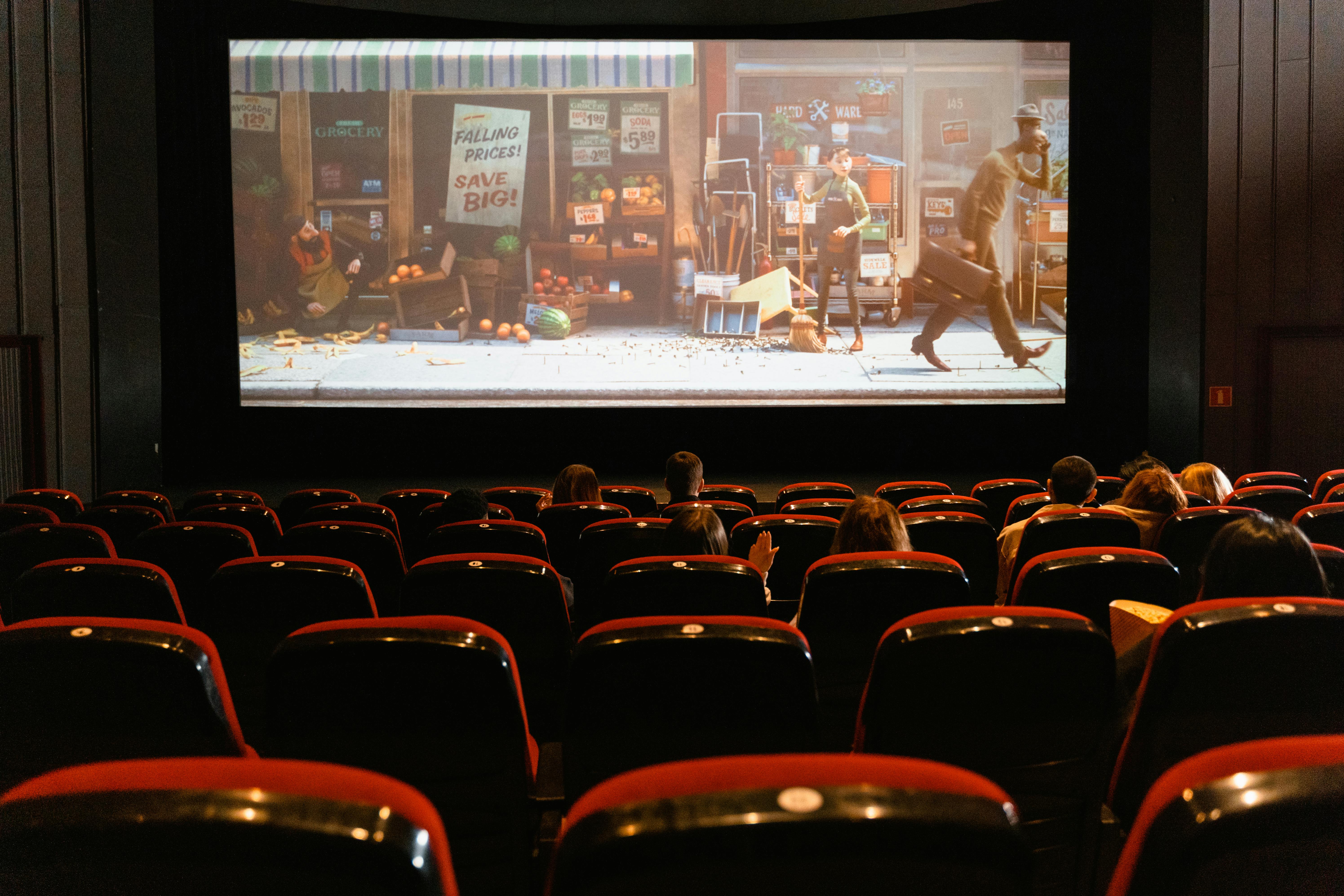Powering Wellness: The Unexplored Potential of Sound Therapy
Sound therapy, also known as sound healing, is an ancient practice that is slowly gaining traction in the modern wellness landscape. This discipline uses different aspects of sound to improve an individual's emotional and physical health and wellbeing. It's been practiced for thousands of years, dating back to ancient Greece, where music was used in an attempt to cure mental disorders. Throughout history, music has been recognized for its therapeutic value, with its use being recorded in the writings of philosophers like Aristotle and Plato.

Today, sound therapy is making a comeback in the wellness industry, backed by scientific studies that highlight its numerous benefits. It’s emerging as a powerful tool for wellness, with a potential that goes beyond relaxation and stress relief.
A Historical Overview of Sound Therapy
The tradition of using sound for healing purposes dates back to ancient cultures. The Aboriginal people of Australia were the first to use the ‘Yidaki’ (didgeridoo) in sound healing around 40,000 years ago. Tibetan monks also employed singing bowls, chanting, and toning to induce a state of tranquillity and to ‘tune’ the body.
In ancient Greece, Pythagoras, the mathematician, established a school that realized the profound impact of music on the mind and the body. They used different modalities of sound, such as volume and rhythm, to treat various ailments.
Contemporary Applications and Research
In the current wellness industry, sound therapy has evolved to incorporate various tools like tuning forks, crystal bowls, and binaural beats. It is being used in various settings, from wellness retreats to mental health clinics, for its ability to reduce stress and promote deep relaxation.
Research in the field of neurology has shown that sound therapy can improve cognitive and motor function in patients with Parkinson’s disease. Another study published in the Journal of Evidence-Based Integrative Medicine found that sound therapy was effective in reducing anxiety and improving sleep.
The Science Behind Sound Therapy
The human body is a resonant chamber with the brain being particularly responsive to certain frequencies. Sound therapy works on the principle of resonance and entrainment.
Resonance is the vibratory rate of an object, and it changes with the application of a stronger external vibration. Entrainment is the synchronization of our body’s internal rhythms with external rhythms.
When sound frequencies are directed towards the body, they interact with the body’s vibrations, leading to shifts at a cellular level. This can help to restore the body’s equilibrium, leading to enhanced wellbeing.
The Benefits and Market Relevance of Sound Therapy
Sound therapy can provide a host of benefits, including relief from stress, anxiety, and depression. It also helps to improve concentration, promotes better sleep, and can alleviate physical pain.
In the wellness market, the potential of sound therapy is gradually being recognized. As consumers seek out non-invasive and holistic approaches to improve their health, the demand for sound therapy is on the rise.
The global wellness industry, valued at $4.5 trillion, shows a growing interest in alternative therapies. As a part of this trend, sound therapy, with its scientifically backed benefits, has a significant market relevance.
The Future of Sound Therapy in the Wellness Industry
The future of sound therapy in the wellness industry looks promising. With continual research and technological advancements, new facets of this therapeutic approach are being explored.
One such development is the use of binaural beats for brain entrainment. This involves playing two slightly different frequencies in each ear. The brain processes these sounds and perceives a third tone, the ‘binaural beat’. Research has shown that these beats can help induce states of relaxation, focus, and creativity.
From being an ancient practice to becoming a part of the modern wellness industry, the journey of sound therapy is a testament to its effectiveness and therapeutic potential. With its unique combination of tradition and science, sound therapy offers a fresh perspective in the beauty and fitness space.
In conclusion, sound therapy, with its rich historical roots and promising scientific backing, presents a unique and unexplored avenue in the wellness industry. Its ability to balance the mind and the body makes it a powerful tool in the quest for holistic wellbeing.





